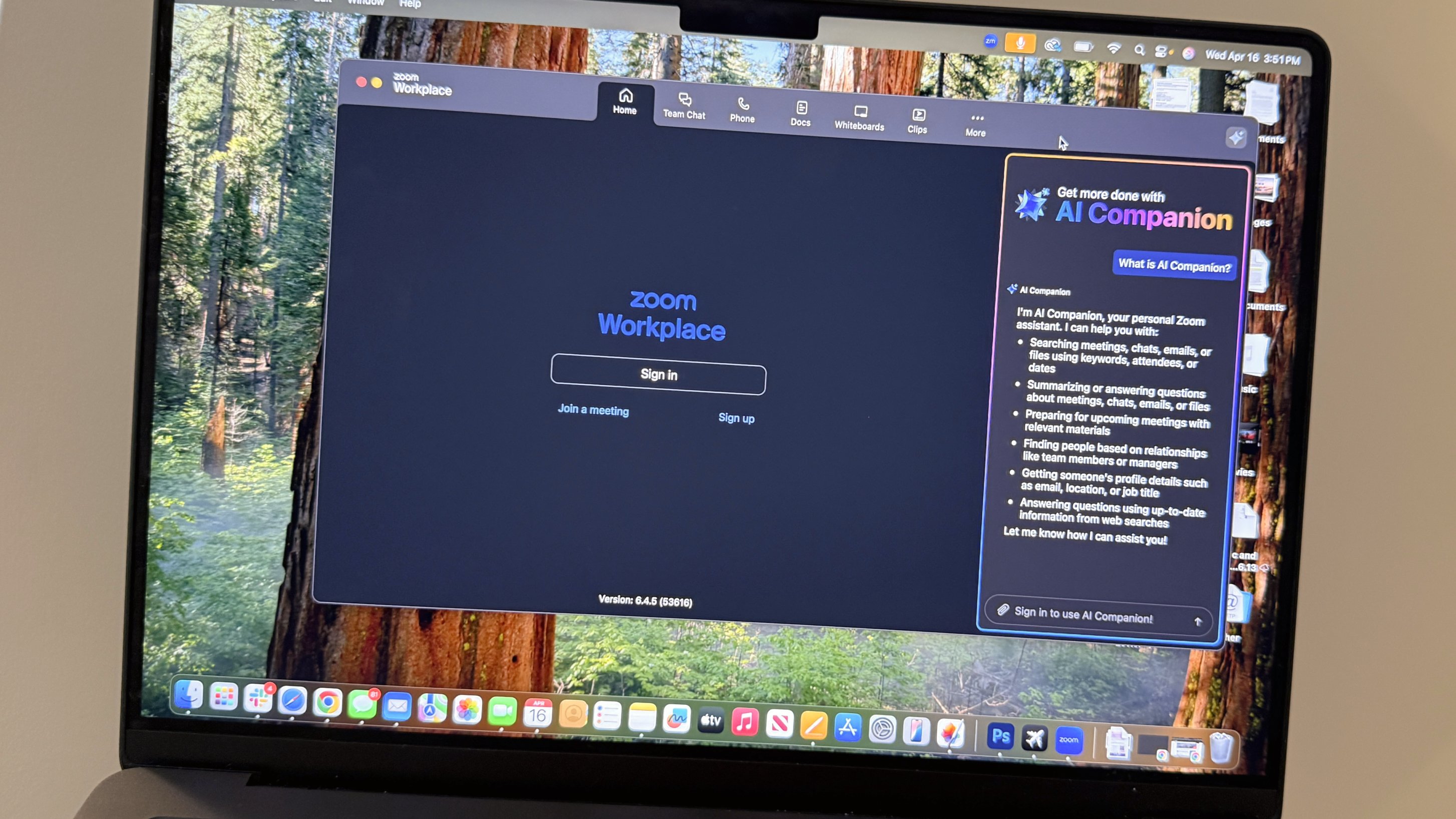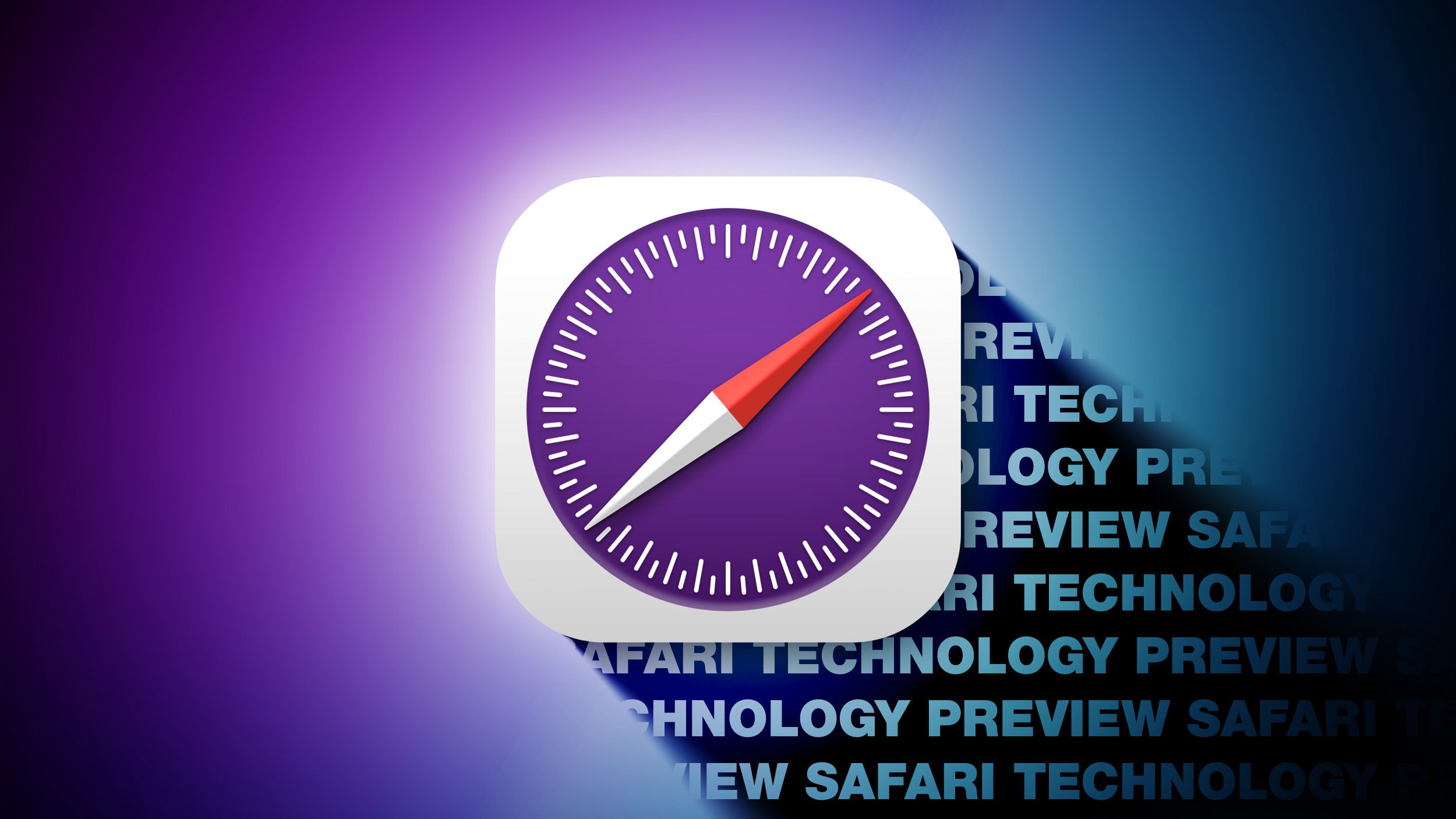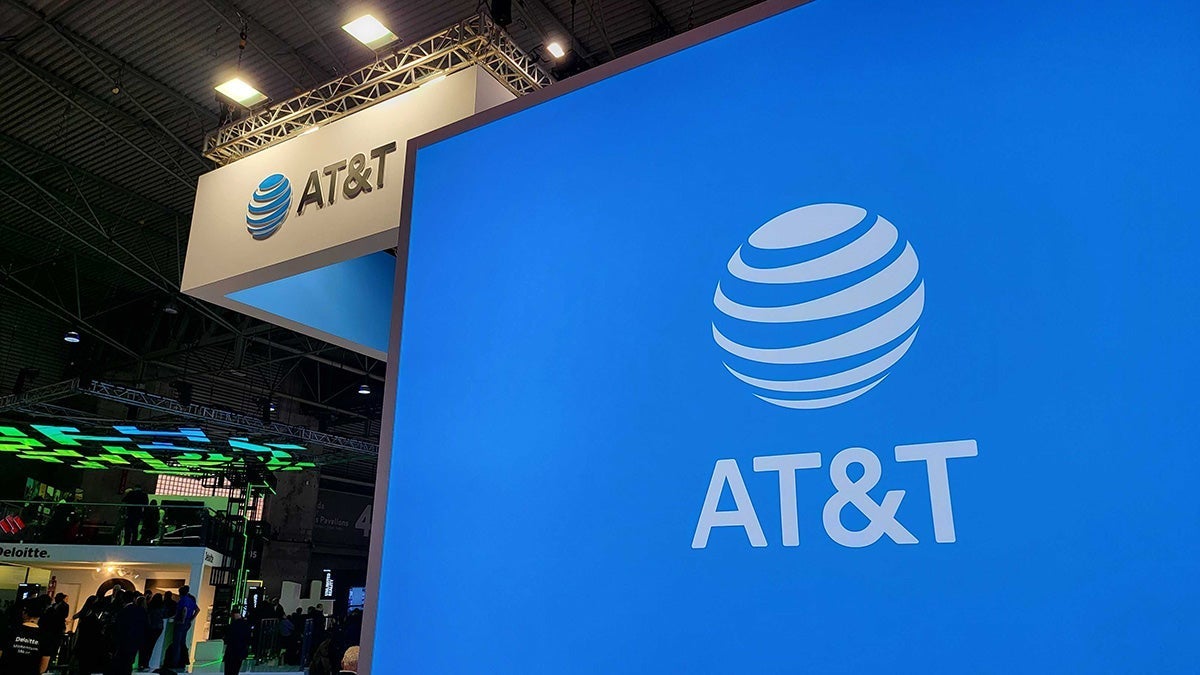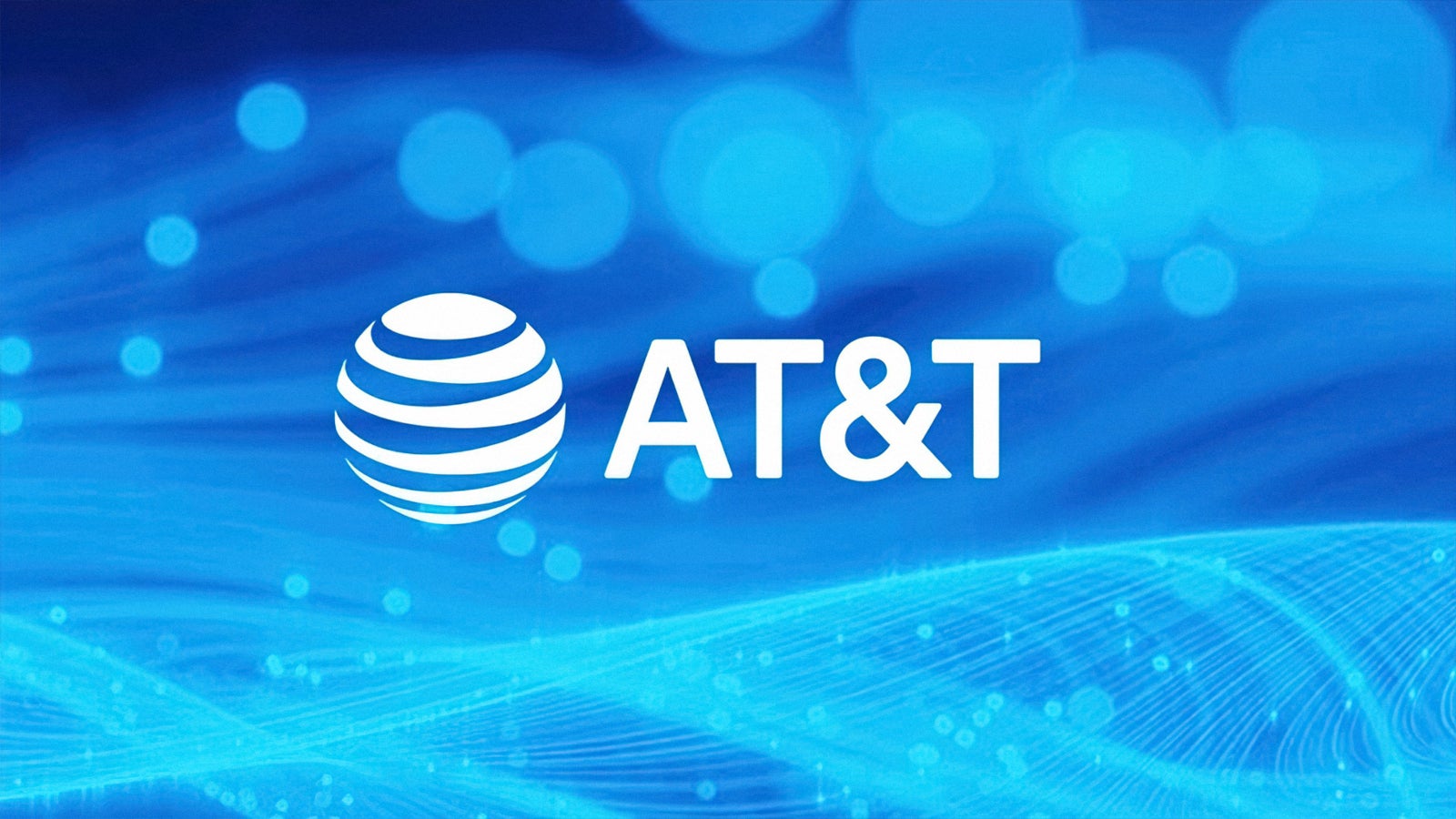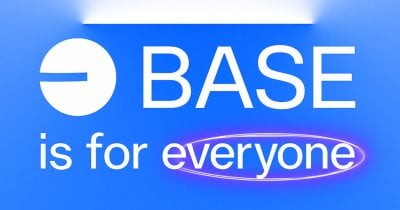Large Language Models (LLMs)
When you're diving into AI, machine learning (ML), and data science, you might come across concepts like Large Language Models (LLMs), which are AI models trained to understand and generate human language. Creating your own LLM is an ambitious and complex task, but it’s definitely possible if you follow a structured approach and understand what’s involved. Let me break it down: What is a Large Language Model (LLM)? A Large Language Model (LLM) is a type of deep learning model designed to understand and generate human language. The most famous LLMs include GPT, BERT, and T5. These models are trained on massive datasets and are capable of tasks like: Text generation Text summarization Translation Question answering Sentiment analysis And more LLMs like GPT-3 or GPT-4 have billions (sometimes trillions) of parameters and require vast amounts of data and computing power to train. Is it like creating your own LLM? Yes, you can create your own LLM, but it's important to note that training a model of the scale and capability of GPT or similar models from scratch is extremely resource-intensive, requiring specialized hardware (like high-performance GPUs or TPUs) and large datasets. However, there are several ways to work with or even build smaller, custom LLMs for your own needs. Steps for Creating Your Own LLM (or Working with LLMs) Start with Pre-Trained Models Instead of training an LLM from scratch, you can start by leveraging pre-trained models. These models have already been trained on massive datasets, and you can fine-tune them for your specific use case. Fine-tuning is much more efficient and less resource-intensive than training from scratch. Hugging Face Transformers is an excellent resource for pre-trained models. They provide a large collection of models like GPT-2, GPT-3, BERT, T5, etc. OpenAI GPT is another example. You can use the GPT-3 or GPT-4 APIs to build applications without needing to train your own models. Steps to get started with pre-trained models: Hugging Face: Go to the Hugging Face Model Hub, where you can find pre-trained language models. You can then fine-tune them on your specific task (e.g., chatbot, summarization). OpenAI API: Sign up for access to OpenAI's API and experiment with GPT-based models. You can use them in your applications via API calls. Fine-Tuning a Pre-Trained Model If you want to fine-tune a pre-trained LLM for your specific needs (e.g., a custom chatbot, document summarizer, or niche text generation), this is the most practical approach for developers. Data Collection: Collect data relevant to your application. For example, if you’re building a chatbot for customer support, you’d need customer support dialogues or documents. Fine-Tuning: Fine-tuning involves taking a pre-trained model and training it further on your specific dataset. Fine-tuning generally requires less data and computation than training a model from scratch. You would typically use frameworks like Hugging Face’s Transformers, TensorFlow, or PyTorch for this task. Steps for fine-tuning: Preprocess your data (text cleaning, tokenization). Use libraries like Hugging Face Transformers to fine-tune the model on your custom dataset. You can use Google Colab or your own hardware for training the model. Colab even offers free access to GPUs for smaller-scale training tasks. Training an LLM from Scratch (Advanced) Training an LLM from scratch is an advanced undertaking, requiring significant computational resources (often on the scale of high-performance clusters of GPUs/TPUs) and a large, diverse dataset. Dataset: You'll need a massive corpus of text (billions of words) from diverse sources, like books, articles, websites, and more. Compute Power: Training from scratch requires high-performance hardware, usually TPUs or specialized GPUs. Companies like OpenAI and Google use clusters of hundreds or thousands of GPUs. Deep Learning Frameworks: You’ll likely use TensorFlow or PyTorch for training. Libraries like DeepSpeed and Fairscale are used to optimize distributed training. Steps for training from scratch: Gather an extensive dataset (e.g., web scrapes, public domain text, books). Preprocess the data (tokenize text, handle padding/truncation). Train a transformer model on your dataset. You could use models like GPT, T5, or BERT. Fine-tune it for specific tasks (e.g., text generation, summarization). Optimize training using distributed computing or cloud services. Use Pre-Trained Models to Build Applications Even if you’re not training an LLM from scratch, you can use pre-trained models or fine-tuned models to build AI-powered web applications. Chatbots: Use LLMs to build a chatbot on your website. Fine-tune GPT models to answer specific questions or handle customer support. Text Generation: Build features like content creation, blog generation, or product description generation using GPT-3/4. Sentiment Analysis: Fine-tune a model to analyze the sentiment of user reviews or soc
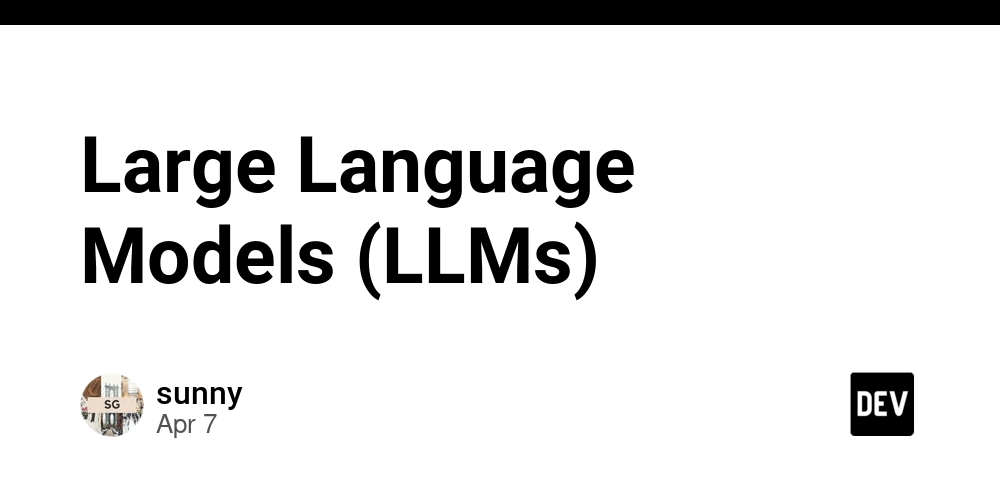
When you're diving into AI, machine learning (ML), and data science, you might come across concepts like Large Language Models (LLMs), which are AI models trained to understand and generate human language. Creating your own LLM is an ambitious and complex task, but it’s definitely possible if you follow a structured approach and understand what’s involved.
Let me break it down:
- What is a Large Language Model (LLM)? A Large Language Model (LLM) is a type of deep learning model designed to understand and generate human language. The most famous LLMs include GPT, BERT, and T5. These models are trained on massive datasets and are capable of tasks like:
Text generation
Text summarization
Translation
Question answering
Sentiment analysis
And more
LLMs like GPT-3 or GPT-4 have billions (sometimes trillions) of parameters and require vast amounts of data and computing power to train.
- Is it like creating your own LLM? Yes, you can create your own LLM, but it's important to note that training a model of the scale and capability of GPT or similar models from scratch is extremely resource-intensive, requiring specialized hardware (like high-performance GPUs or TPUs) and large datasets. However, there are several ways to work with or even build smaller, custom LLMs for your own needs.
Steps for Creating Your Own LLM (or Working with LLMs)
- Start with Pre-Trained Models Instead of training an LLM from scratch, you can start by leveraging pre-trained models. These models have already been trained on massive datasets, and you can fine-tune them for your specific use case. Fine-tuning is much more efficient and less resource-intensive than training from scratch.
Hugging Face Transformers is an excellent resource for pre-trained models. They provide a large collection of models like GPT-2, GPT-3, BERT, T5, etc.
OpenAI GPT is another example. You can use the GPT-3 or GPT-4 APIs to build applications without needing to train your own models.
Steps to get started with pre-trained models:
Hugging Face: Go to the Hugging Face Model Hub, where you can find pre-trained language models. You can then fine-tune them on your specific task (e.g., chatbot, summarization).
OpenAI API: Sign up for access to OpenAI's API and experiment with GPT-based models. You can use them in your applications via API calls.
- Fine-Tuning a Pre-Trained Model If you want to fine-tune a pre-trained LLM for your specific needs (e.g., a custom chatbot, document summarizer, or niche text generation), this is the most practical approach for developers.
Data Collection: Collect data relevant to your application. For example, if you’re building a chatbot for customer support, you’d need customer support dialogues or documents.
Fine-Tuning: Fine-tuning involves taking a pre-trained model and training it further on your specific dataset. Fine-tuning generally requires less data and computation than training a model from scratch. You would typically use frameworks like Hugging Face’s Transformers, TensorFlow, or PyTorch for this task.
Steps for fine-tuning:
Preprocess your data (text cleaning, tokenization).
Use libraries like Hugging Face Transformers to fine-tune the model on your custom dataset.
You can use Google Colab or your own hardware for training the model. Colab even offers free access to GPUs for smaller-scale training tasks.
- Training an LLM from Scratch (Advanced) Training an LLM from scratch is an advanced undertaking, requiring significant computational resources (often on the scale of high-performance clusters of GPUs/TPUs) and a large, diverse dataset.
Dataset: You'll need a massive corpus of text (billions of words) from diverse sources, like books, articles, websites, and more.
Compute Power: Training from scratch requires high-performance hardware, usually TPUs or specialized GPUs. Companies like OpenAI and Google use clusters of hundreds or thousands of GPUs.
Deep Learning Frameworks: You’ll likely use TensorFlow or PyTorch for training. Libraries like DeepSpeed and Fairscale are used to optimize distributed training.
Steps for training from scratch:
Gather an extensive dataset (e.g., web scrapes, public domain text, books).
Preprocess the data (tokenize text, handle padding/truncation).
Train a transformer model on your dataset. You could use models like GPT, T5, or BERT.
Fine-tune it for specific tasks (e.g., text generation, summarization).
Optimize training using distributed computing or cloud services.
- Use Pre-Trained Models to Build Applications Even if you’re not training an LLM from scratch, you can use pre-trained models or fine-tuned models to build AI-powered web applications.
Chatbots: Use LLMs to build a chatbot on your website. Fine-tune GPT models to answer specific questions or handle customer support.
Text Generation: Build features like content creation, blog generation, or product description generation using GPT-3/4.
Sentiment Analysis: Fine-tune a model to analyze the sentiment of user reviews or social media posts.
Text Summarization: Use pre-trained models like BERT or T5 to summarize articles, product descriptions, or documents.
Steps to integrate into web apps:
Use Flask or FastAPI to serve your model through a REST API.
Call the API from your frontend (using JavaScript or React) to get predictions from the model.
Alternatively, use TensorFlow.js or Hugging Face’s Inference API to integrate models directly in the browser.
- Scaling and Deploying Models Once you have a trained or fine-tuned model, deploying it in production is the next step. You can deploy it as a service that your web application can call.
Cloud Solutions: Use AWS SageMaker, Google AI Platform, or Azure ML to host your models and scale them.
Serverless Functions: If you don't need to run the model constantly, consider AWS Lambda or Google Cloud Functions for serverless deployment.
- Practical Tools and Resources Hugging Face: For pre-trained models and easy fine-tuning. Their documentation is excellent. Google Colab: Provides free access to GPUs and TPUs for model training and experimentation. OpenAI API: Allows you to integrate GPT models into your applications without training them yourself. FastAPI / Flask: For deploying your trained models as APIs. TensorFlow / PyTorch: Popular frameworks for training and fine-tuning models. Conclusion: Creating Your Own LLM In short, creating your own LLM from scratch is a highly advanced task that requires significant computational resources and datasets. However, you can easily start by fine-tuning existing pre-trained models or using APIs from services like OpenAI or Hugging Face to build your own AI-powered web applications.
If you're already comfortable with web development, working with LLMs (by fine-tuning or integrating APIs) will be a natural next step, and you’ll get to see how you can combine data science with web technologies to build exciting AI-driven features.






































































































































































![[The AI Show Episode 144]: ChatGPT’s New Memory, Shopify CEO’s Leaked “AI First” Memo, Google Cloud Next Releases, o3 and o4-mini Coming Soon & Llama 4’s Rocky Launch](https://www.marketingaiinstitute.com/hubfs/ep%20144%20cover.png)

















































































































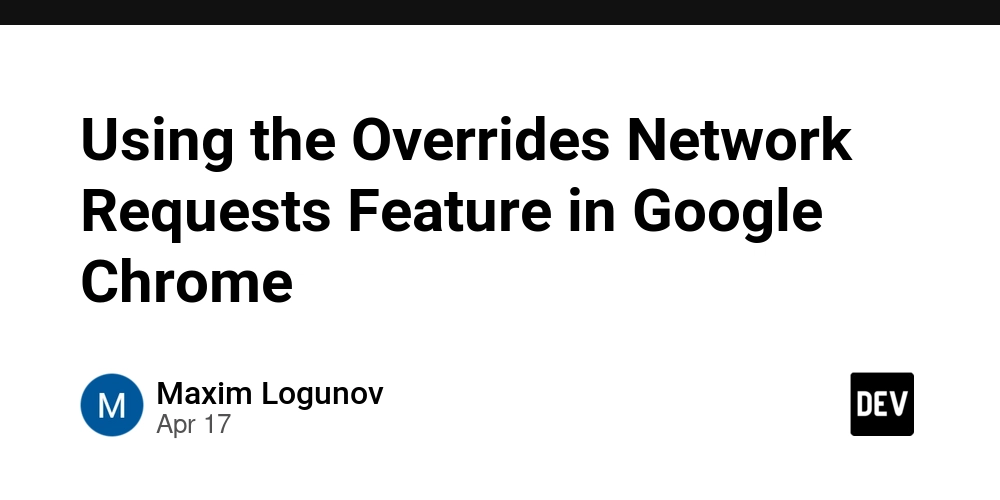

















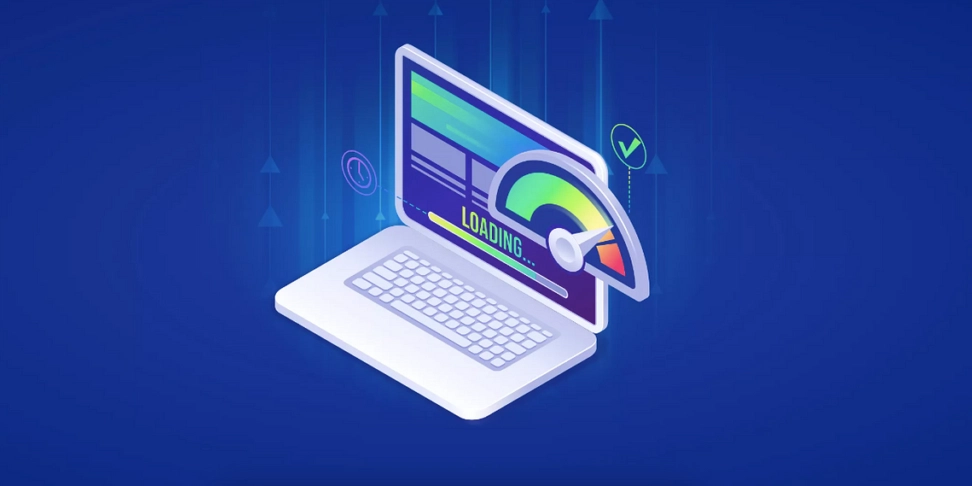


































































![GrandChase tier list of the best characters available [April 2025]](https://media.pocketgamer.com/artwork/na-33057-1637756796/grandchase-ios-android-3rd-anniversary.jpg?#)



















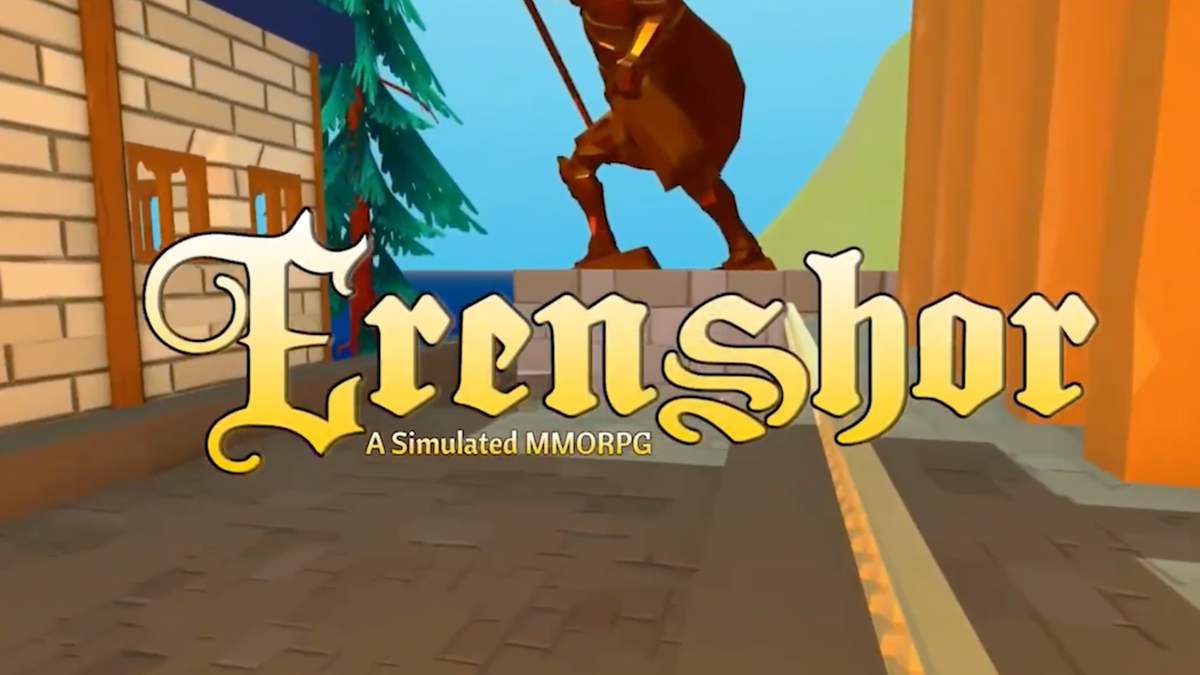






















.png?width=1920&height=1920&fit=bounds&quality=70&format=jpg&auto=webp#)






















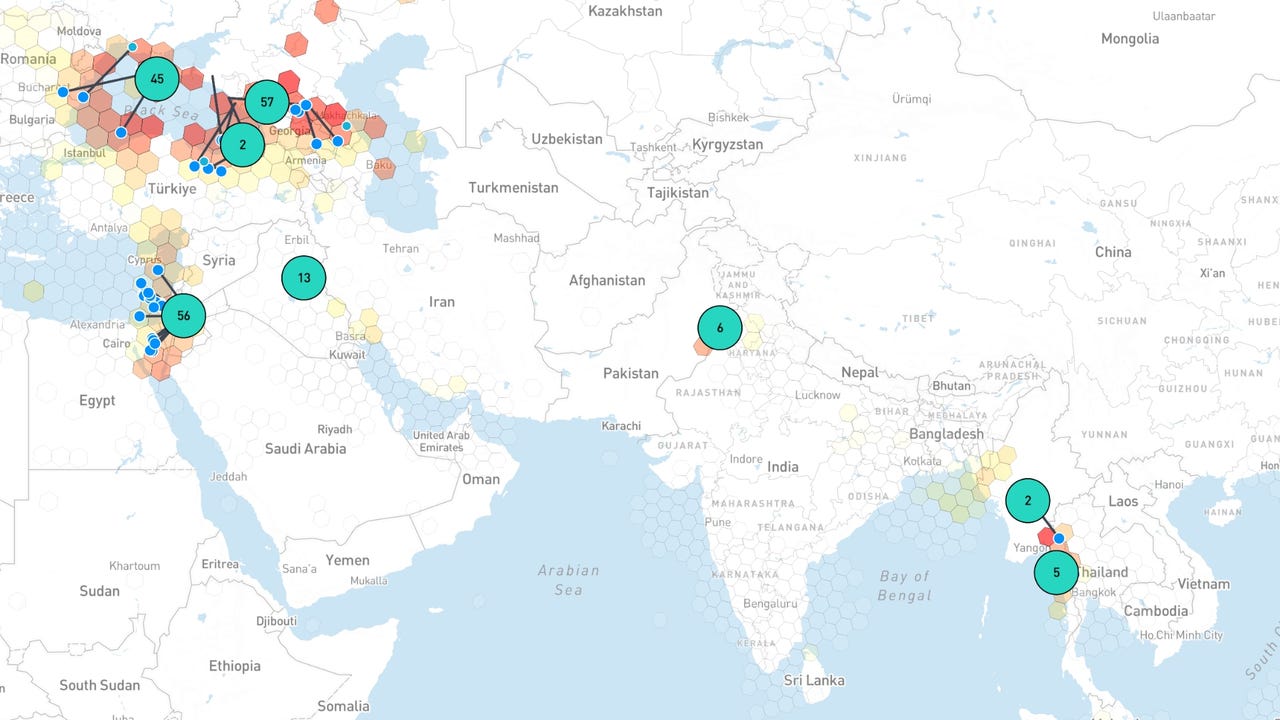












































































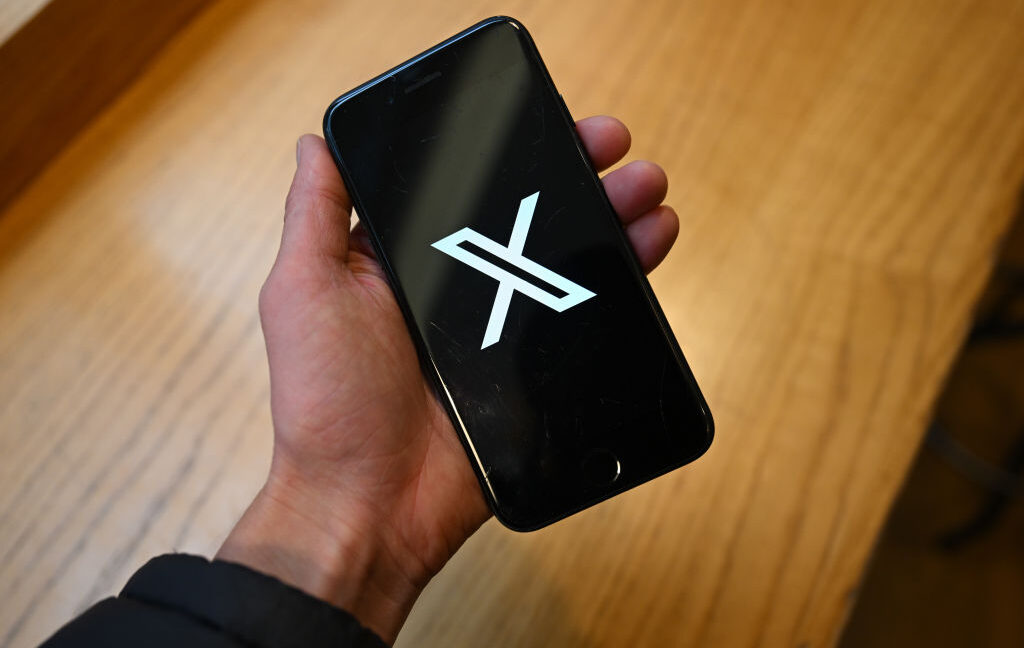


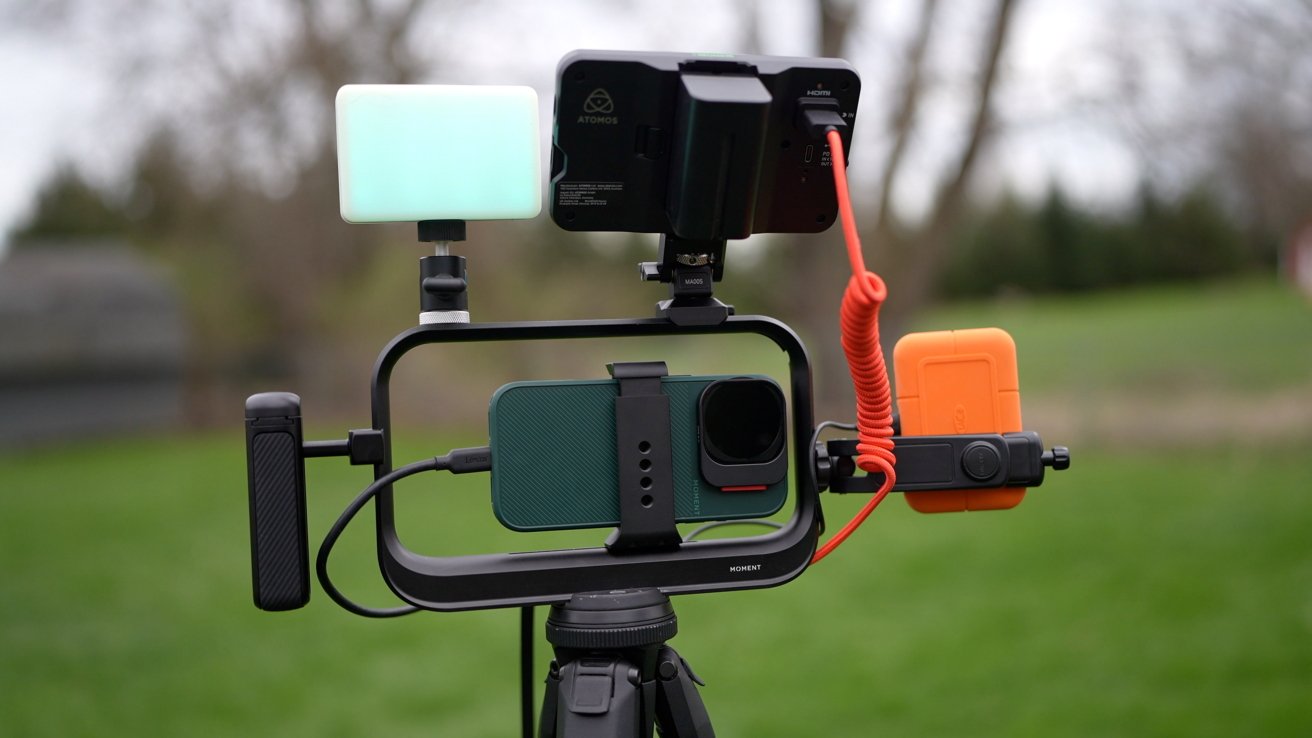


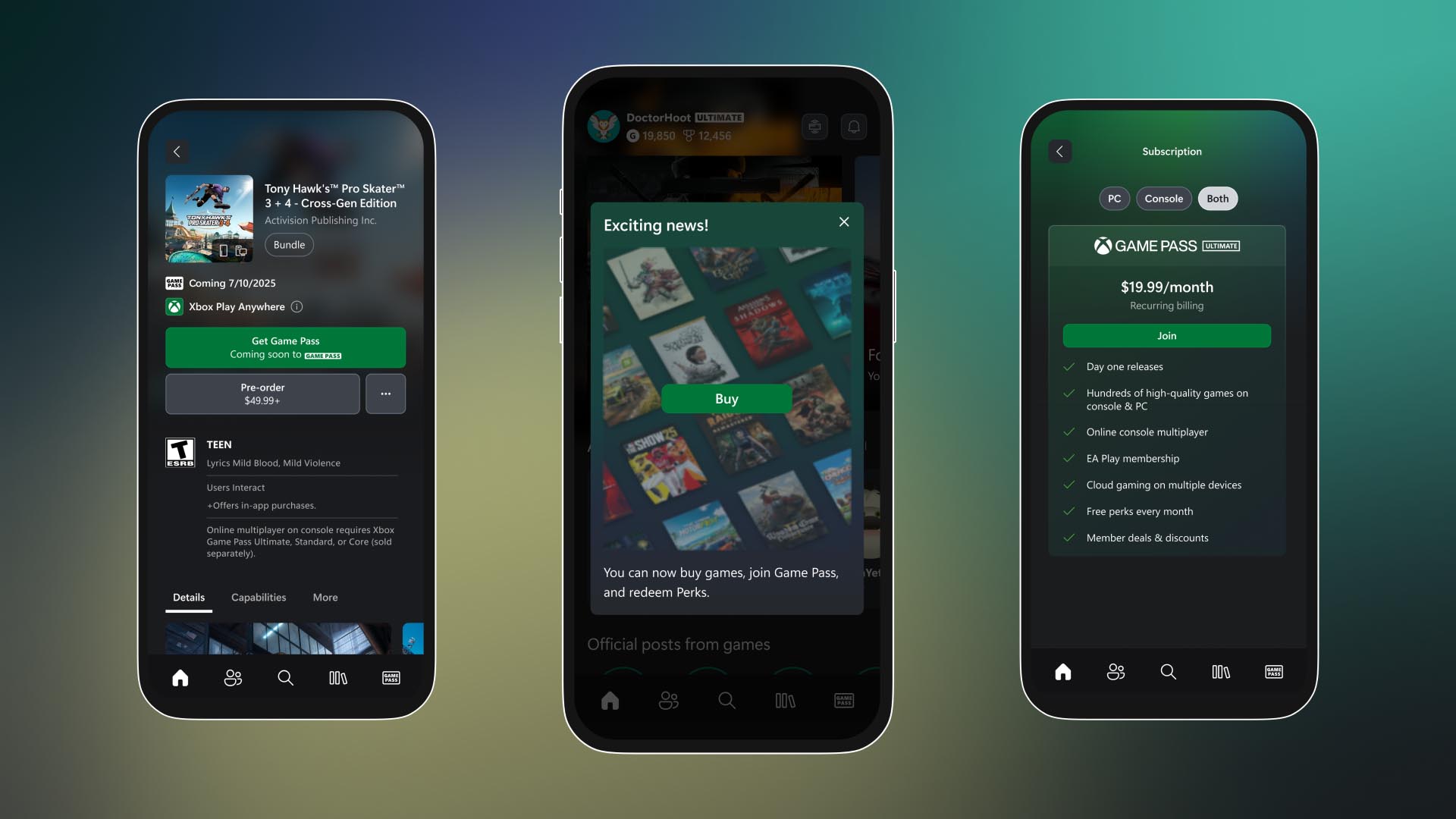
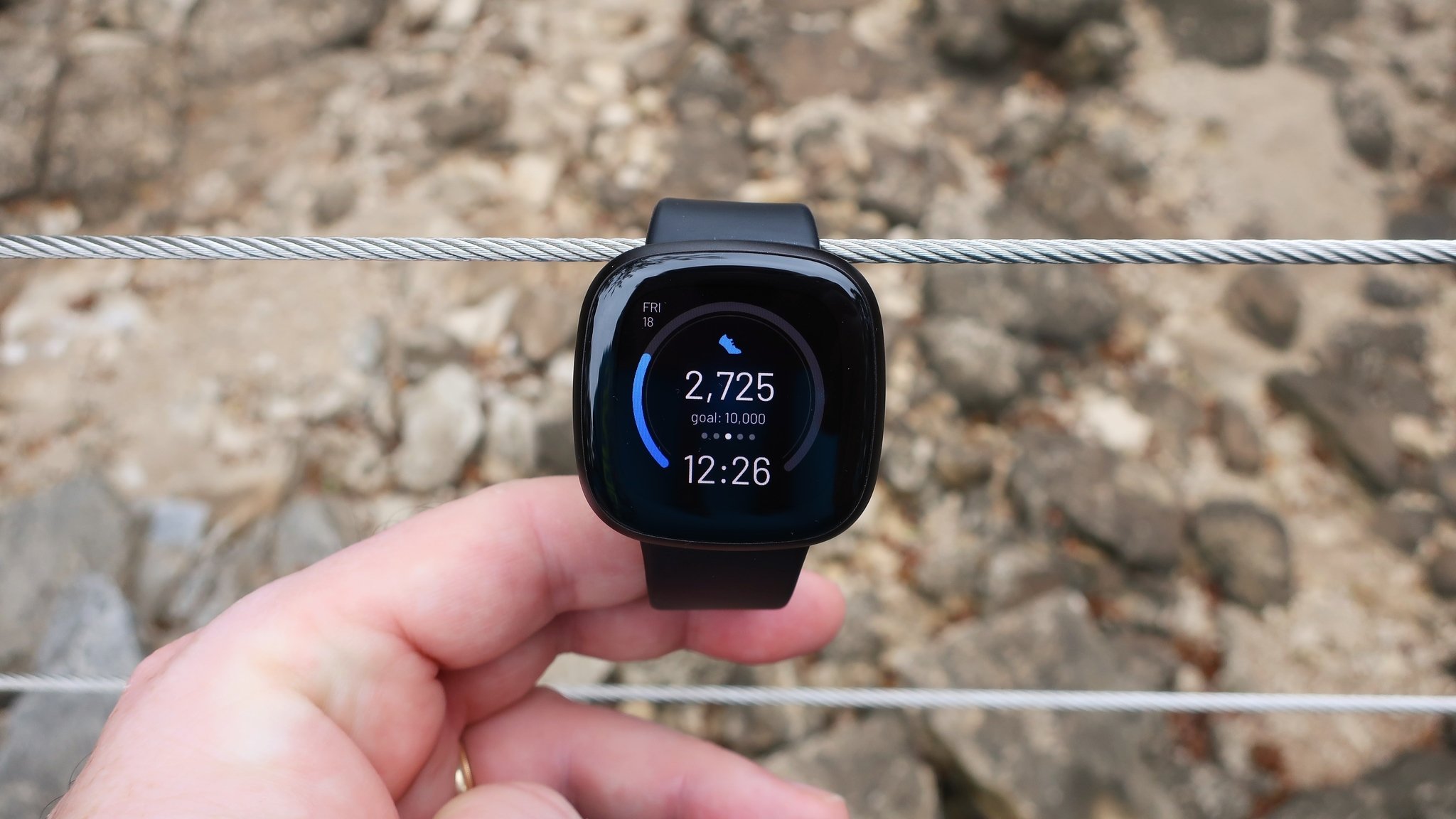



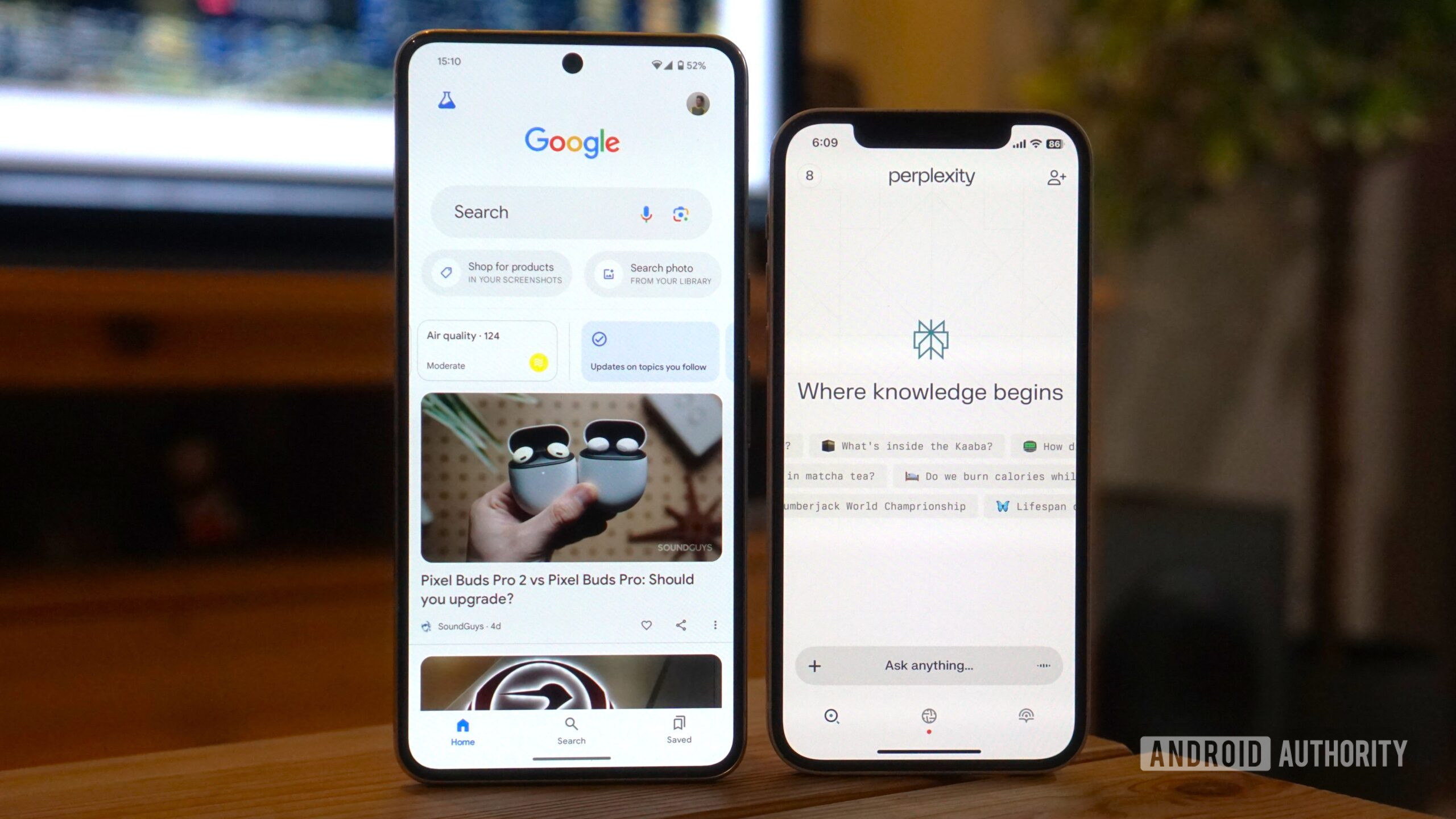
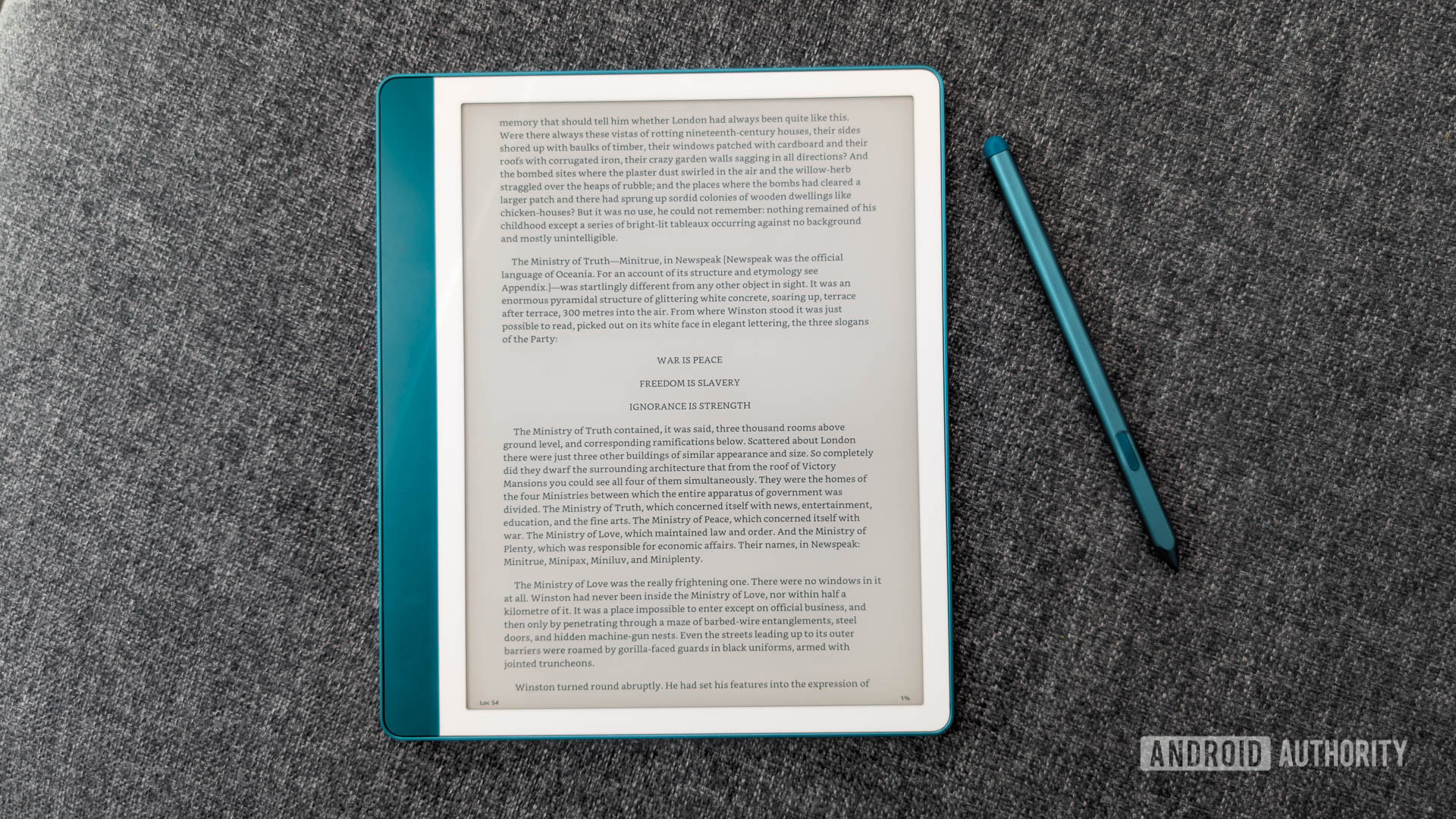

















![Apple M4 13-inch iPad Pro On Sale for $200 Off [Deal]](https://www.iclarified.com/images/news/97056/97056/97056-640.jpg)
![Apple Shares New 'Mac Does That' Ads for MacBook Pro [Video]](https://www.iclarified.com/images/news/97055/97055/97055-640.jpg)

















